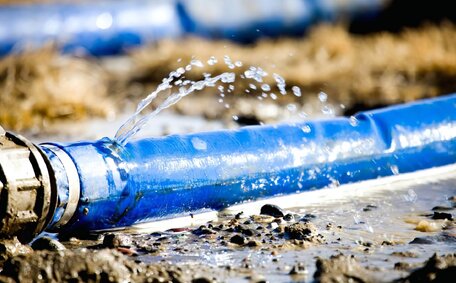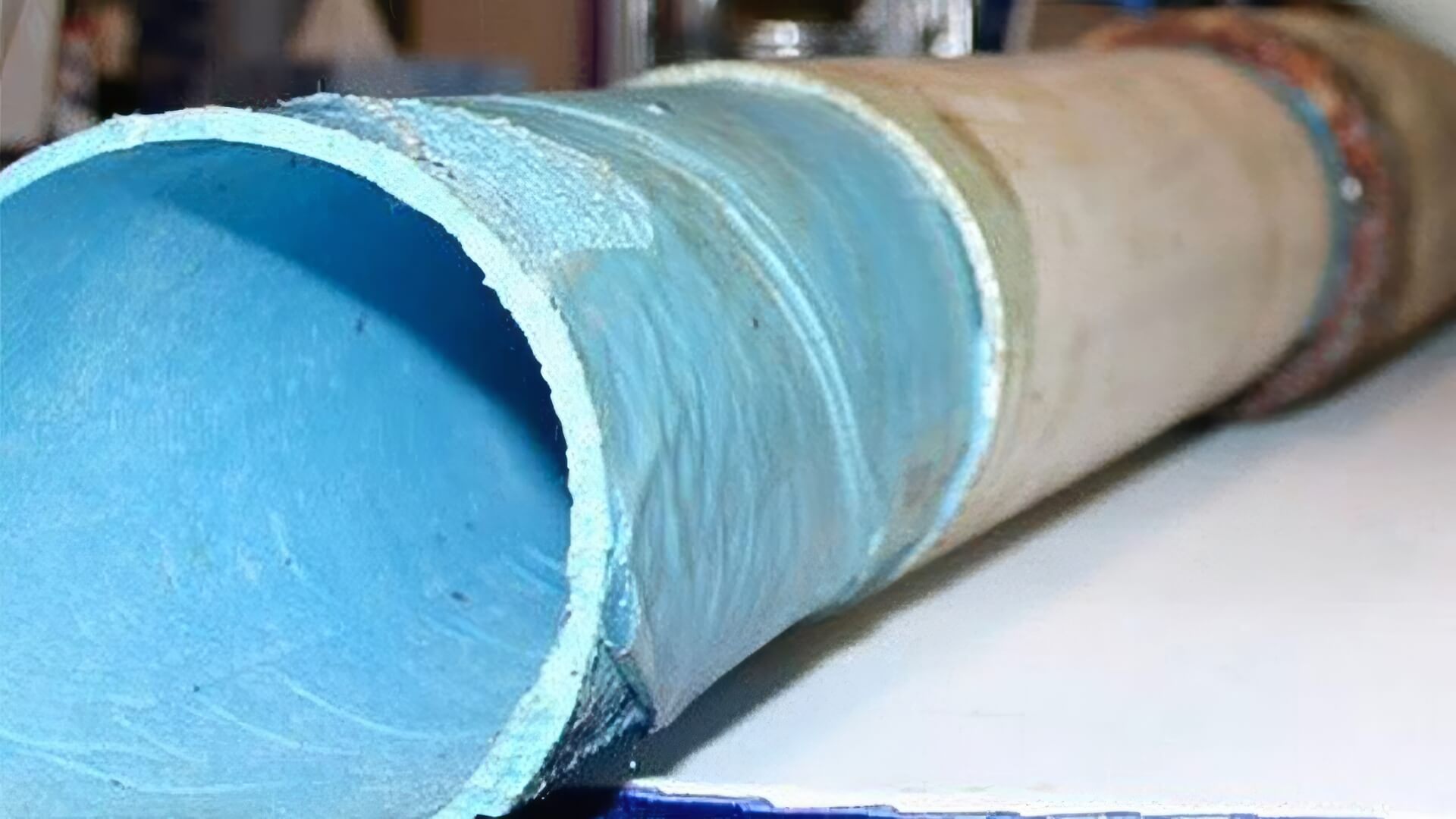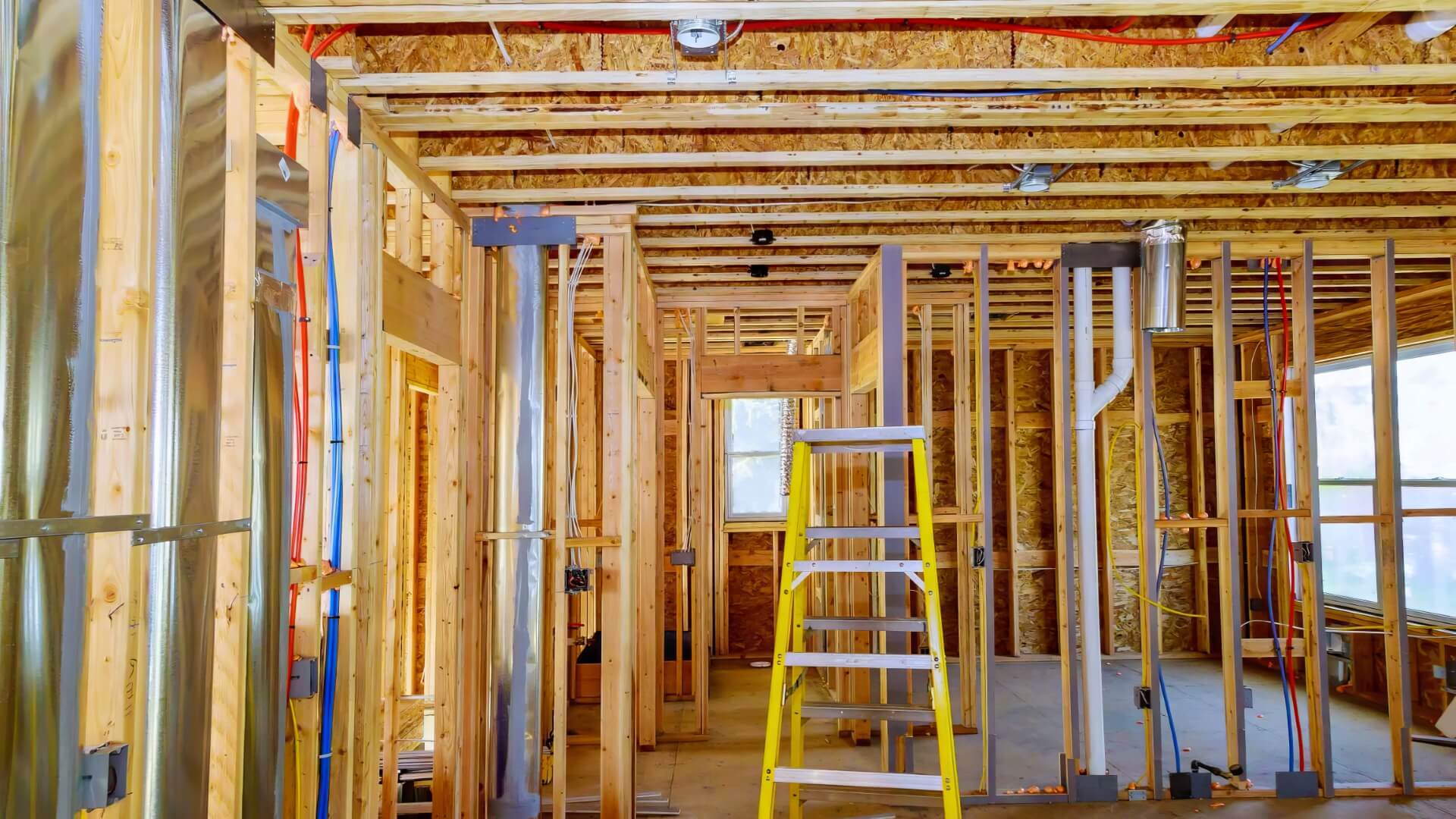Introduction to Plumbing Fixture Lifespans
Recognising when to upgrade your home’s plumbing fixtures, including taps, pipes, and appliances, is critical for maintaining your system’s integrity. Awareness of the expected lifespan and warning signs for replacing old parts helps prevent costly emergencies and damage.
Overlooking signs that your tap needs replacing can lead to leaks, pressure issues, flooding and even mould growth.
The lifespan of plumbing fixtures varies with material composition, installation quality, water quality, and usage frequency. Galvanised steel taps may last over 20 years, but plastic tap washers might need replacing every 5 years. Cast iron drain pipes can surpass 50 years underground with the right maintenance.
Recognising subtle shifts, like when your taps need visible wear signifying you should replace your fixtures, can point to burgeoning issues before they intensify. Attending to symptoms like decreased water flow, dripping sounds, banging noises, or higher water bills allows for proactive fixture replacement.
Detecting Failure Signs in Fixtures
Dripping Faucets
A leaking tap stands as one of the most common definitive signs that fixtures need attention. Addressing a dripping tap quickly reduces water wastage and minimises potential mineral buildup damage around basins.
Drips typically indicate worn tap washers or valve seals, which, if neglected, can ultimately cause damage to your bathroom fixtures.
Decreased Water Flow
If you’ve noticed gradually weakening water pressure, it might be time to reassess your home’s plumbing. Allowing flow problems to persist can invite further narrowing and more high-priced repairs, potentially further damage your system. By making the decision to replace pipes your home relies on that are showing their age early, you ensure that a consistent household water flow is reestablished.
Flow reductions can arise from hard water or mineral deposit accumulations, which impair water flow through your supply lines.
Noisy Pipes
Clanking or banging noises from concealed pipes can signal loose fittings or the kind of wear from corrosion and temperature changes that supply pipes can get. Pipes that are unsecured carry the risk of developing leaks as time progresses. Have your plumbing scrutinised to pinpoint potential trouble zones early before leaks take shape or pipes when your dwelling depends on give way entirely.
Frequent Clogs
If sink and toilet drains in your home are clogging more frequently than normal, it’s likely there are blockages in concealed horizontal piping. Tree roots, buildup and pipe damage can all obstruct drains. Fixture replacements in your kitchen bathroom sectors, coupled with drain clearing, provides a long-term solution.
Stay alert to subtle plumbing changes to tackle issues before they escalate or hidden leaks cause structural damage. Make the prudent move to call professional help if you notice any of these warning signs arise around your Balmain home.
Understanding When Pipes Need Replacing
Supply Pipes
Home water pipes typically last 20-50 years, with older galvanised iron pipes lasting around 50 years. Copper, PEX, and PVC, more commonly used, generally require replacement after 20-25 years.
Watch for corrosion, joint leaks, low water flow, or unexplained spikes in water usage as signs that pipes need replacement. These signs indicate degraded pipes requiring replacement to restore optimal water supply.
Drain Lines
Machine Supply Hoses
Hoses supplying washing machines, dishwashers, and sinks tend to degrade faster than their fixed pipe equivalents. Plastic, rubber, and even galvanized steel hoses should be replaced as they become brittle and prone to breaking down from wear and tear. Conduct regular inspections of your plumbing fixtures and appliance connections for cracks, and ensure timely replacement of drainage and supply hoses every 5 years or at the first sign of wear.
By grasping the expected duration of fixtures as it applies to your home type, being aware of visual cues and degradation signs, you can easily determine the need for replacement of ageing pipes and hoses before leaks and failures lead to water damage or unhealthy conditions.
Upgrading Plumbing Fixtures and Systems
Water Efficiency Options
Upgrading to water efficient plumbing fixtures enables households to achieve significant savings on their water bills and enhance their environmental footprint. WaterSense labelled components like dual flush toilets, low flow shower heads and tap aerators are more efficient, reducing water demand without compromising performance.
New generation water heaters enhance efficiency and can slash your energy bills by heating water faster and retaining heat for extended periods during use. The installation of insulated piping majorly enhances heating and cooling system efficiency by preventing heat loss in circulating water. Adopting these systems can lead to notable savings on water and energy costs over time.
Preventing Leaks and Damage
Simple measures help prevent leaks, pipe failures and other plumbing issues before they happen. Checking fittings, seals, pipe joins and appliances yearly can identify degradation early. Replacing worn washers, lubricating valves and addressing minor drips prevents further damage.
Ensure drain pipes are free-flowing by pouring hot water mixed with baking soda and vinegar monthly to clear grease, grime and buildup. Yearly drain inspections and cleans also help avoid blockages and backflow problems which can be costly to repair.
When comes to resolving plumbing issues your property may face, a proactive approach can deter major expenses and lessen environmental impact - making upgrades a savvy home improvement.
Cost Analyses: Replace vs. Repair
Homeowners facing failing plumbing fixtures must decide whether to replace or repair the components. As repair costs increase, full system overhauls become more practical and cost-effective in the long term.
The average lifespan of inexpensive plastic and rubber fixtures is quite short at 5-10 years. The cost of frequently repairing leaks and cracks can accumulate. Going through repeat repairs on fixtures that are at or exceeding their usable life becomes false economy; this can also be a good time to consider full replacement. Replacement provides durable, efficient function that can last many years, typically 15-20 years or more.
Upgrading failing galvanised steel pipes to newer copper and PEX systems boosts water flow and pressure. Though initially steeper in price, the return on investment becomes clear as you save money from reduced water consumption, face fewer issues, and ultimately raise your home’s value. New generation water heaters also recover costs through dramatically lowered energy bills and longevity.
Your local plumber, Balmain Plumbing experts conduct thorough site assessments to evaluate the condition your plumbing is in. We take lifecycles, efficiency comparisons and individual requirements into account when advising repair, replacement or upgrade options best suited for your situation.
We offer transparent quotes detailing parts, labour, and lifespan projections for any recommended works, beyond mere estimates. Contact our team to book an obligation-free onsite consultation today.
Prioritizing Plumbing Projects
With the various plumbing components in your home, understanding when it’s time to attend to your pipes among other fixtures can be a complex decision. While wanting to overhaul your entire system is understandable, tackling projects by priority ensures safety and functionality are maintained.
Address Active Leaks First
The first priority with any plumbing is stopping active water leaks. Drips from fittings and appliances can swiftly instigate mold growth, deterioration, and structural impairment. Having your home assessed to identify and address issues like taps that need fixing, right away prevents the problem worsening over time.
Replace Failing Main Lines
Check supply lines bringing water into your property and sewer drains underneath it. Blocked, damaged or corroded main lines seriously affect water flow and drainage for your whole household. Replacing degraded main lines and connections restores proper plumbing functionality.
Upgrade Faulty Fixtures
Faulty taps, your toilet, and your faucet can create leakage risks while being frustrating to live with. Prioritise decisions to replace your faucet components, such as bursting hoses, toilets that run relentlessly or taps that drip non-stop. This prevents water wastage and eliminates the need to catch drips under faulty plumbing fixtures in the bathroom.
Consider Upgrades When Renovating
A renovation is an opportune time to replace outdated plumbing components, especially in an older bathroom, to boost both functionality and visual appeal. Installing water efficient taps, dual flush toilets and insulation during your renovation makes future savings and environmental sense.
Balmain Plumbing helps identify any issues requiring priority, providing reliable solutions to restore proper plumbing operations in your property. Contact our team today to discuss your replacement project needs.
Conclusion and Next Steps
Knowing when to replace old plumbing fixtures is crucial to prevent leaks, damage, and future high-cost repairs. Being aware of average component lifespans and visual signs of failure allows you to take timely action.
Upgrading suboptimal fixtures not only improves functionality but also conserves water and energy. Prioritising immediate plumbing issues before considering performance-boosting replacements is crucial.
For personalised plumbing system advice, contact our experts at Balmain Plumbing. Our licenced technicians, drawing on 25 years of local experience, will assess your fixtures and provide detailed quotes for any recommended replacements.
Email jobs@balmainplumbingservices.com.au or call 1300 349 338 to book your onsite assessment today. We take the stress out of maintaining your property’s plumbing.






